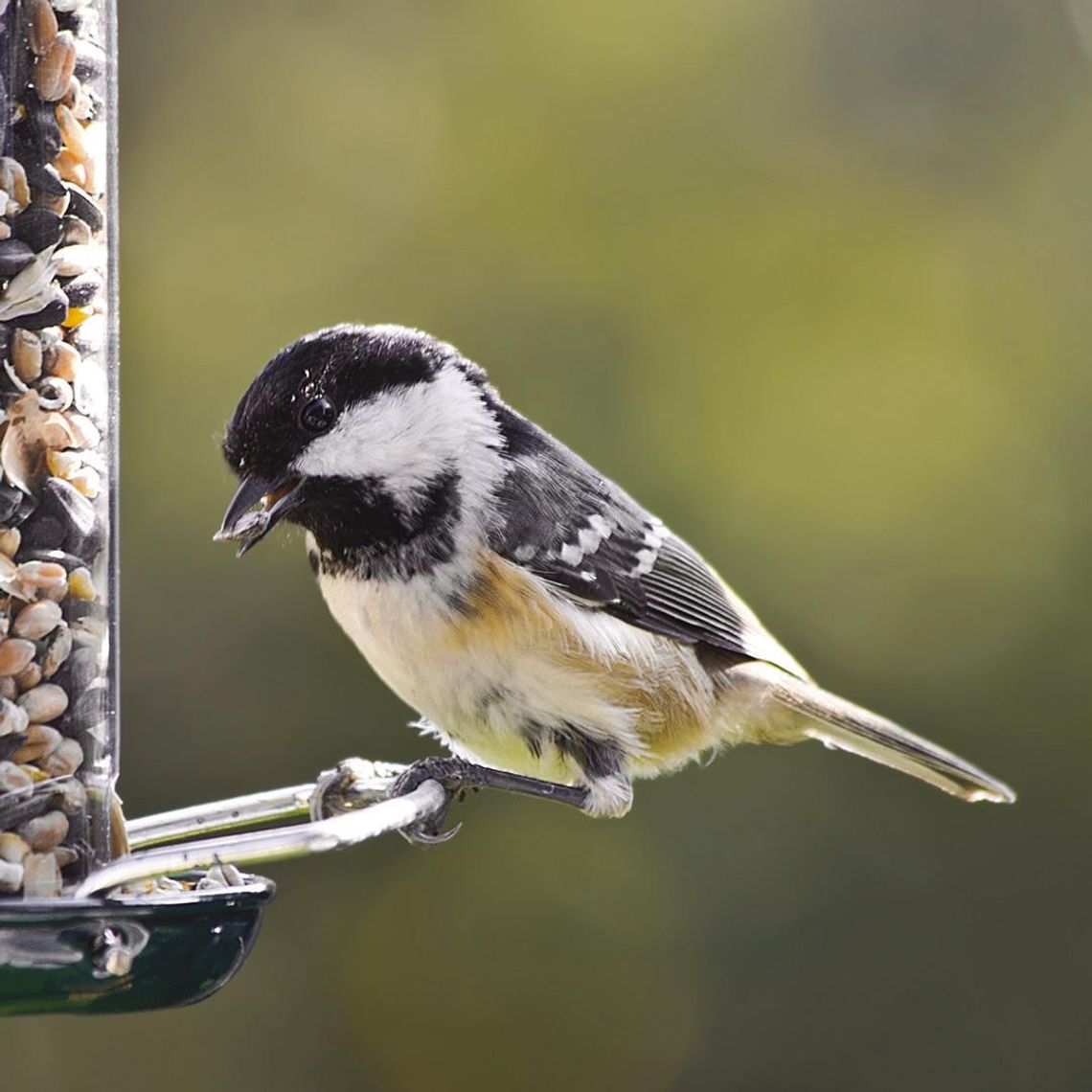I have a tubular bird feeder hanging under the roof eaves of my back deck and I fill it daily with black-oil sunflower seeds. I am in good company when it comes to feeding birds. A recent study showed that nearly 57 million people in the U.S. feed wild birds. They spend a whopping four billion dollars on the hobby. That’s a billion with a “b.”
In 2022, some 15 million acres of black-oil sunflowers were planted. Typically, 20% of the harvest, equivalent to 250,000 football fields, goes to bird food.
Sunflowers are hardy plants and can be harvested from late summer well into winter. November is a prime harvest month.
Of course, sunflower seeds are not the only bird food on the market. Cracked corn, Nyjer, red milo, white millet and whole peanuts are also popular. U.S. and Canada customers buy more than one billion pounds of bird food each year.
Almost all the grain that becomes birdseed sold in the U.S. originates in the Midwest and Canada. And it is an unpleasant truth that birds do not get the best, first-rate grain. Farmers sell their best grains for making sunflower and safflower oil for human consumption.
One grain that is sometimes found in birdseed mixes is milo, a small, round red grain. It lacks any real nutritional value and is also unpopular with most birds. Avoid it if you can.
American goldfinches actually prefer Nyjer seeds, blue jays favor whole peanuts and mourning doves like millet.
But all in all, black-oil sunflower seeds and sunflower chips are the overwhelming favorites of birds.




